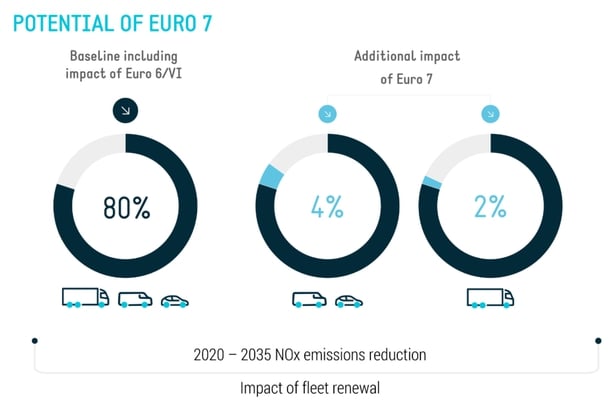Analysis: increased production costs means car manufacturers are already phasing out these models far ahead of 2035 ban
There has been considerable reporting and discussion around the banning of petrol/diesel and hybrid cars from 2035 within the EU. Some of the points raised are valid and relate to the initial purchase cost of electric cars, as well as charging infrastructure, and these issues need to be addressed in order to achieve mass adoption.
Other points are designed to misinform and are frequently backed by large companies that directly benefit. These include arguments suggesting that electric vehicles are worse for the environment (they are not), or that battery production is more harmful than fossil fuel production (it is not).
That is not to say that their isn’t an environmental and societal cost. This is true of all transport products and services. The policy based EV argument is that it is the less damaging option and this is backed by a substantial body of evidence.
We need your consent to load this rte-player contentWe use rte-player to manage extra content that can set cookies on your device and collect data about your activity. Please review their details and accept them to load the content.Manage Preferences
From RTÉ News in 2020, draft legislation to ban sale of petrol and diesel cars is published
So why then does the ban not matter? It comes down to a lesser known, but arguably far more important, piece of EU legislation that has been in effect since 1992. In the early 1990s, the EU introduced a new emissions standard, commonly referred to as Euro 1. This move essentially banned leaded fuel and mandated the use of catalytic converters in all new petrol cars.
Since then, the standard has evolved: Euro 2 was introduced in 1996, Euro 3 in 2000, Euro 4 in 2005 and Euro 5 in 2008. Euro 5 saw the introduction of diesel particulate filters and severely tightened the standards for diesel use in general. This saw a considerable increase in cost to manufacture exhaust systems for diesel cars.
Our current standard, Euro 6, came into effect in 2020 further tightening NOX and particulate emissions limits. This forced manufacturers to adopt far more advanced exhaust systems. Diesel cars now had to employ even more complex filter systems using selective catalytic reduction, which also requires an AdBlue system.
We need your consent to load this rte-player contentWe use rte-player to manage extra content that can set cookies on your device and collect data about your activity. Please review their details and accept them to load the content.Manage Preferences
From RTÉ Brainstorm, why the reign of SUVs on Irish roads should end. There are many solutions to tackle the problem of heavy, fuel-hungry SUVs, but all require bold action from policymakers
Ultimately, the cost to manufacture an exhaust system has increased by over 10 times in total cost in the 20 years from 2000 to 2020, in addition to the enormous research and development budgets required. All of these additional costs were coming as diesel was rapidly losing favour with the general public. This was in part due to the VW emissions scandal, but also due to advantages in fuel efficiency being offset by increased purchasing costs.
This brings us to the upcoming Euro 7 standard due to be implemented in 2025. Further reductions to NOX emissions set an even higher bar. This issue is compounded by the introduction of new short trip emissions testing procedures. Short trips don't allow exhaust systems to heat up fully and reach full efficiency.
This all means even more complex emissions control software, sensors, filters and injection systems. For cheaper vehicles that can’t absorb this extra cost, electric propulsion will likely be the better financial option. For more expensive luxury and industrial vehicles, we will likely see hybrid options persist for the remaining decade of permitted sales.

Ultimately, the ban in 2035 won't kill the majority of petrol and diesel models, but it will be caused by a simple financial decision by automakers as they react to tightening emission standards and fleet average efficiency requirements. This is already clearly reflected in the long-term development plans for the majority of manufacturers. Mercedes-Benz, Stellantis (Chrysler, Fiat, Peugeot, Citroen), Jaguar, Volvo, Ford and VW Group (Audi, Seat, Skoda) all plan to cease the sale of petrol and diesel models far ahead of the ban.
But all is not lost for those who are passionate about petrol. Low volume options such as the V12 manual T50 from Gordon Murray will still be permitted for sale. Prices start at £2.8m in the UK, although it may be worth contacting your local friendly tax office to confirm import and VRT costs.
Follow RTÉ Brainstorm on WhatsApp and Instagram for more stories and updates
The views expressed here are those of the author and do not represent or reflect the views of RTÉ








